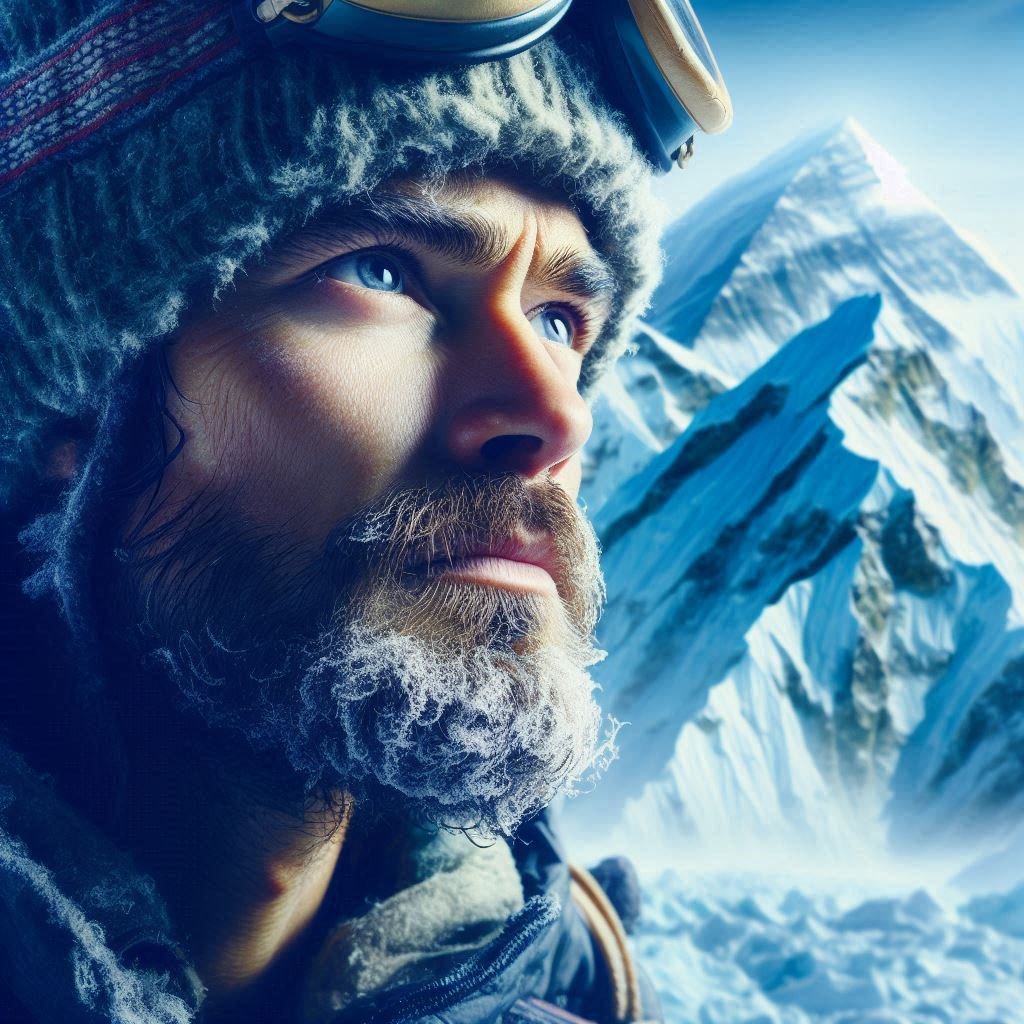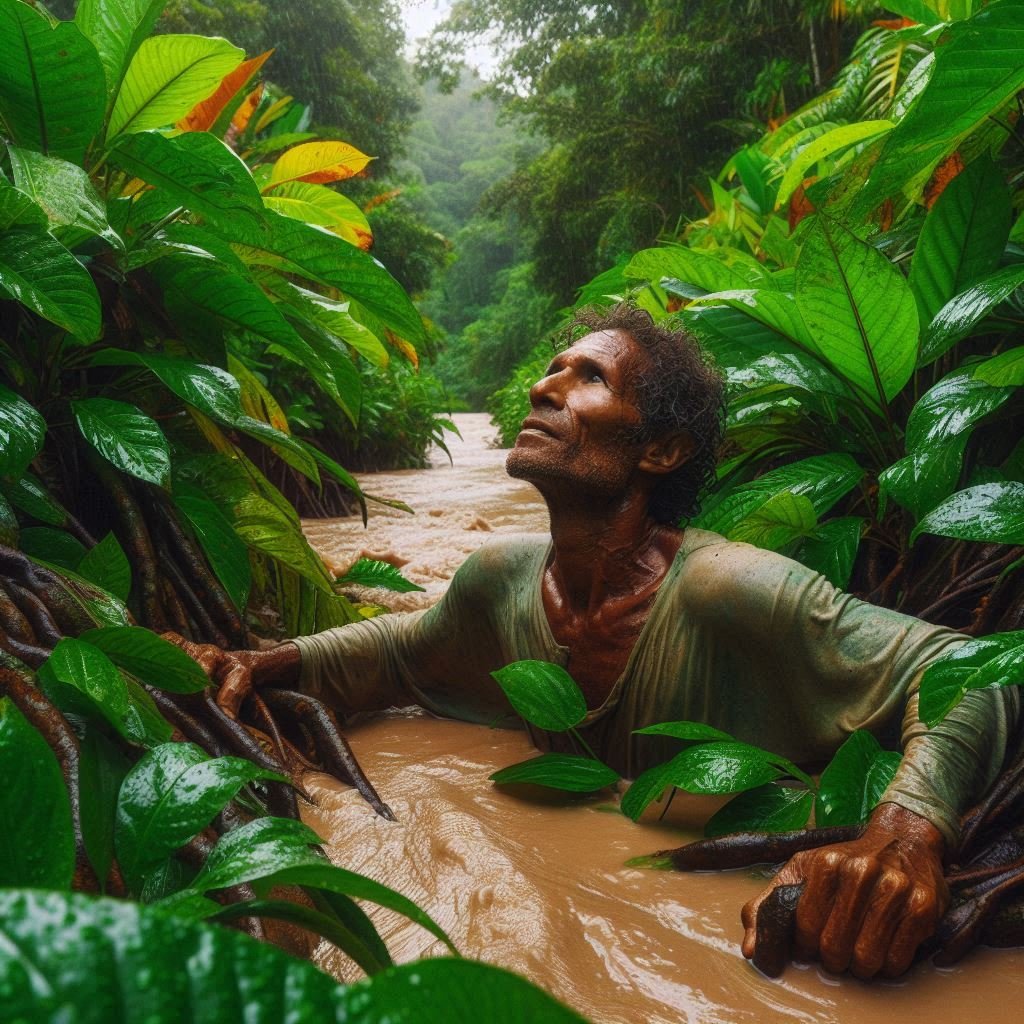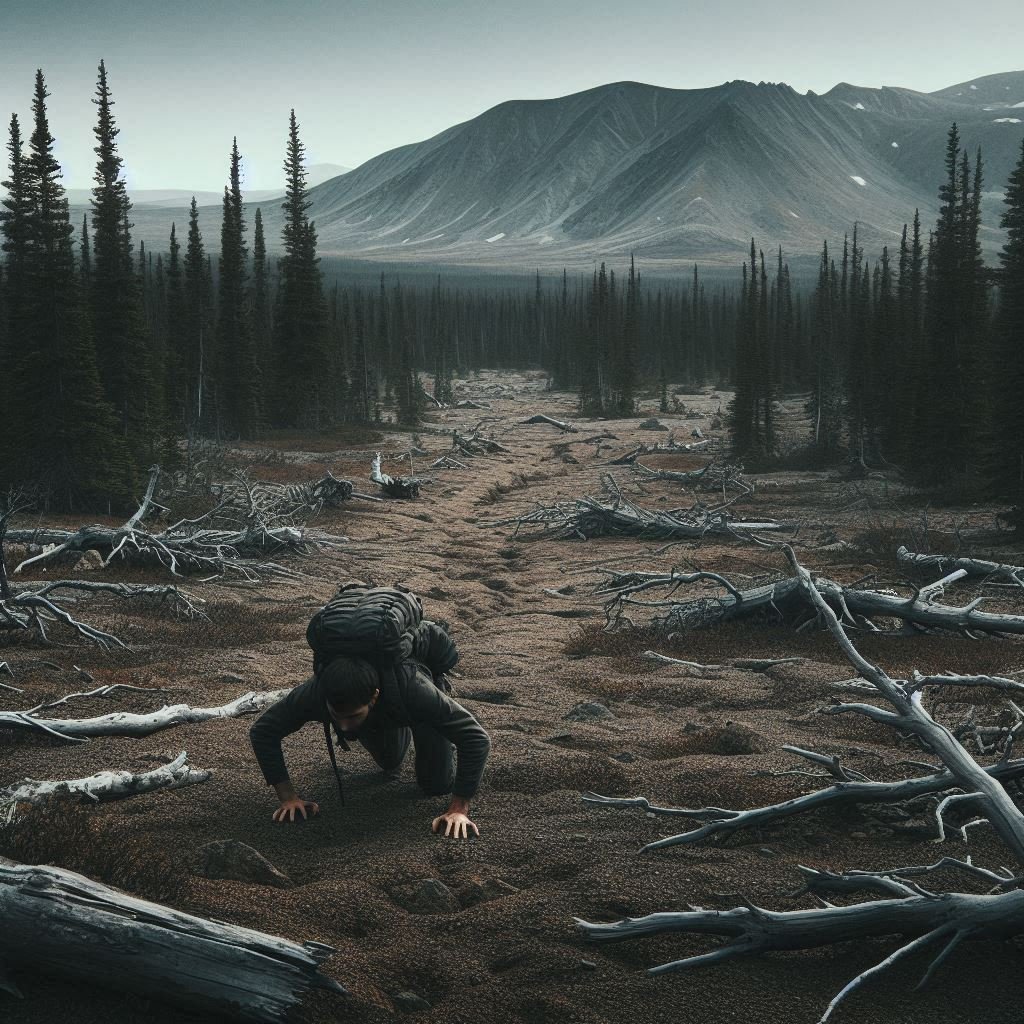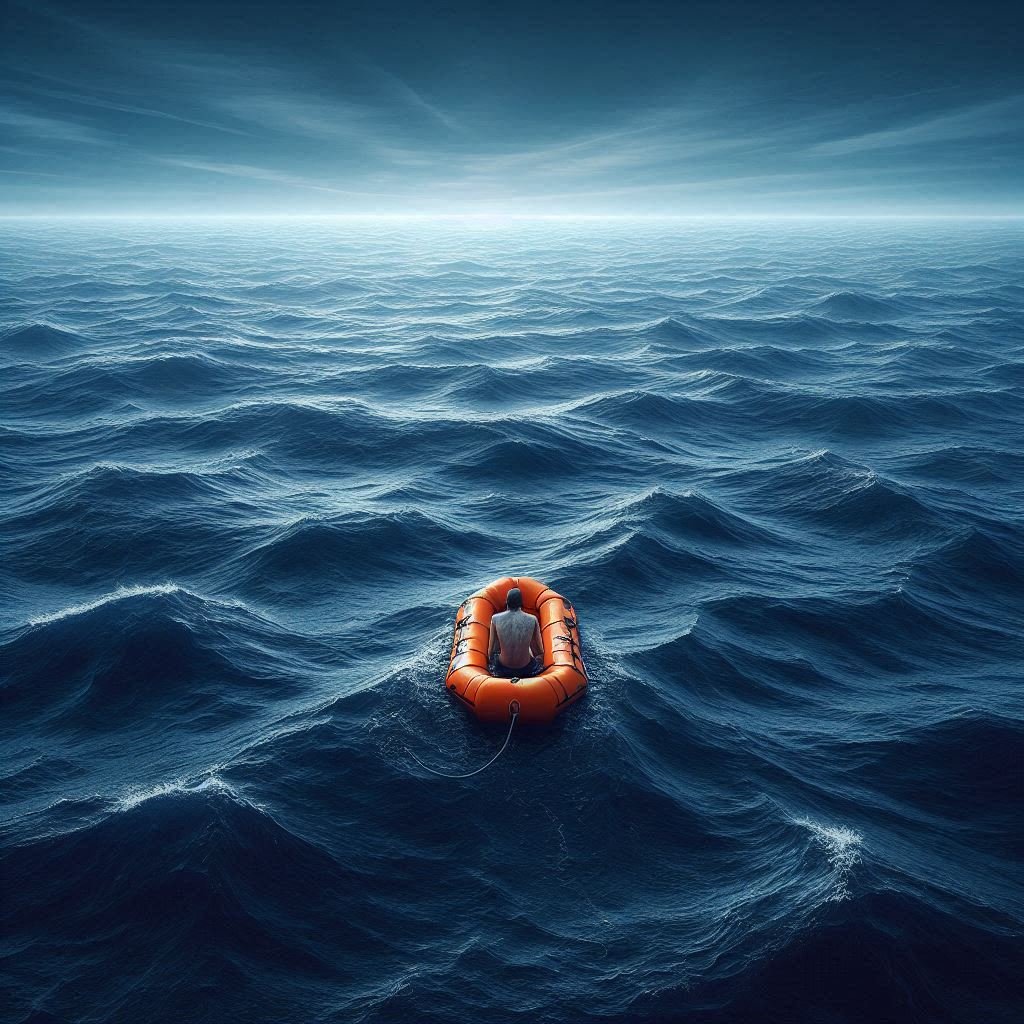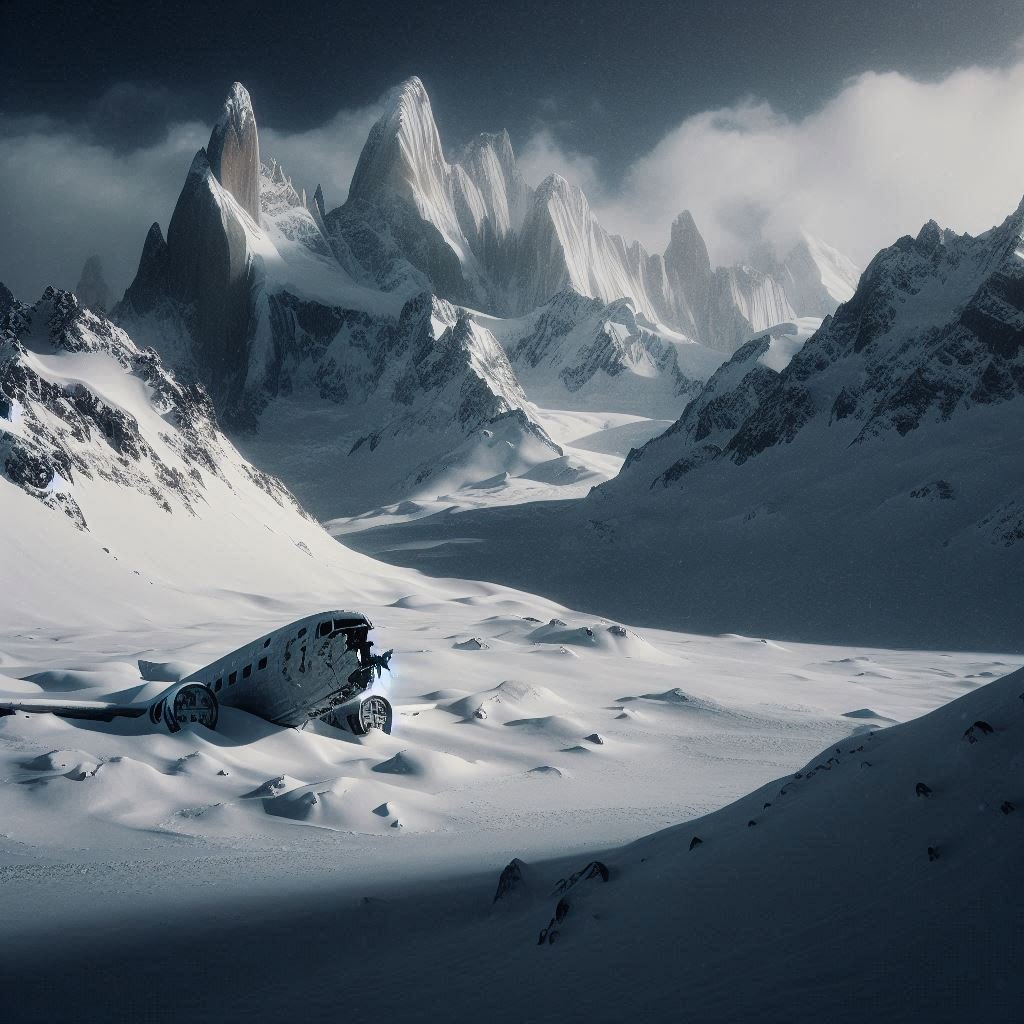Real people who lived through the unthinkable.
These are jaw-dropping tales of human endurance, luck, and resilience. Plane crashes, abductions, natural disasters—somehow, they made it out alive.
On June 10, 1991, eleven-year-old Jaycee Lee Dugard vanished from a quiet street in South Lake Tahoe, California, abducted in broad daylight by Phillip and Nancy Garrido. For eighteen agonizing years, she was held captive in a hidden backyard compound in Antioch, subjected to unimaginable abuse and isolation, eventually giving birth to two daughters fathered by her captor. The world believed she was lost forever, a heartbreaking cold case. But in August 2009, a diligent parole officer's suspicion led to the astonishing discovery: Jaycee, now 29, was found alive with her two children, bringing to light a harrowing story of survival, resilience, and the indomitable strength of the human spirit against the darkest of circumstances.
In May 1996, pathologist Beck Weathers was on Mount Everest when a sudden, ferocious blizzard trapped him and other climbers high in the "Death Zone." Blinded by the altitude's effects and severely hypothermic, he was left for dead, buried in the snow. But after an astonishing 12-hour exposure, fueled by a powerful vision of his family, Weathers miraculously awoke and stumbled back to camp. His body ravaged by severe frostbite, leading to the loss of his nose and parts of his hands and feet, his survival became a legendary tale of human resilience, a testament to an unbreakable will against the brutal indifference of the world's highest peak.
In 1981, Yossi Ghinsberg, a young Israeli adventurer, embarked on an expedition into the uncharted Bolivian Amazon. What began as a dream quickly turned into a nightmare when the group's raft was destroyed in treacherous rapids, separating Yossi from his companions. Utterly alone, without supplies or a map, he faced the brutal realities of the rainforest for three agonizing weeks. Battling starvation, hallucinations, flash floods, and relentless predators, he pushed his body and mind to the absolute limit. His incredible journey of survival, a testament to an unbreakable will, culminated in a miraculous reunion, cementing his story as a powerful tale of human resilience against the wild heart of the Amazon.
On October 14, 1987, 18-month-old Jessica McClure was playing in her aunt's backyard in Midland, Texas, when she slipped into an abandoned, eight-inch-wide well, plummeting twenty-two feet down. Trapped and alone, her cries sparked a massive, round-the-clock rescue effort that captivated the world. For 58 agonizing hours, engineers, oil drillers, and paramedics worked tirelessly, digging a parallel shaft and tunneling through rock to reach her. Millions watched live as the desperate race against time unfolded, culminating in the miraculous moment when "Baby Jessica," dirty but alive, was pulled to safety, a powerful symbol of community, resilience, and unwavering hope.
In 1823, frontiersman Hugh Glass was brutally mauled by a grizzly bear in the American wilderness, left for dead by his companions, including Jim Bridger and John Fitzgerald, who took his rifle and left him behind. With a broken leg, a torn scalp, and a punctured throat, Glass, fueled by a burning rage for revenge, began an impossible journey. He crawled over 200 miles through hostile territory, surviving on raw meat and insects, battling infection and despair. His incredible, two-month crawl to safety, a testament to an unbreakable will, became a legend of the American frontier, culminating in a dramatic confrontation with his betrayers.
In February 1982, experienced sailor Steve Callahan was 800 miles off the Canary Islands when his boat, the Napoleon Solo, was catastrophically damaged and sank. Adrift in a tiny inflatable life raft, he faced the vast, unforgiving Atlantic, hundreds of miles from land. For 76 agonizing days, he battled starvation, dehydration, relentless storms, and the crushing despair of isolation. Through sheer ingenuity, he improvised fishing techniques, collected rainwater, and fought off sharks, pushing the limits of human endurance. His incredible journey of survival, a testament to an unbreakable spirit, ended with a miraculous rescue, cementing his story as a legendary tale of human resilience against the raw power of the sea.
On April 11, 1970, three astronauts strapped into a roaring rocket had no idea that two days later, they would be fighting for their lives in the cold, silent void of space. Oxygen tanks would explode. Systems would fail. And every breath, every decision, every second would be a fight against death itself. This is the story of Apollo 13, the impossible mission, and the miracle that brought its crew home alive.
On October 13, 1972, a plane carrying a Uruguayan rugby team and their companions crashed into the unforgiving Andes Mountains. Of the 45 on board, 12 died instantly, leaving 33 survivors stranded at 11,700 feet in brutal cold. After search efforts were called off, and with food supplies exhausted, the survivors faced a horrific choice: starve, or resort to cannibalism. For 72 agonizing days, they battled starvation, avalanches, and despair, pushing the limits of human endurance. This incredible true story of survival, marked by an unthinkable decision and a desperate trek for help, remains a profound testament to the human will to live against all odds.
Imagine this.
You’re 17 years old, sitting on an airplane, watching the Amazon rainforest slide by beneath you.
It’s supposed to be a short flight — just an hour. The sky is clear. Everything feels… safe.
But then… you notice something.
Out the left window… clouds. Big ones. Black ones. And the further you fly, the more the cabin starts to shake.
At first, it’s just a few bumps. Nothing unusual.
But then… the turbulence gets violent. Bags start falling from the overhead compartments. People are gripping their armrests so tightly their knuckles turn white.
And then… there’s a flash.
Lightning.
The sound that follows is unlike anything you’ve heard — like the sky splitting open.
And before you can even process what’s happening…
the entire plane…
blows apart.
You are suddenly outside… still strapped to your seat… falling.
You’re not screaming. You’re in shock. All you can hear is the roaring wind and the rushing blur of green racing toward you.
And then — black.
In April 2003, experienced outdoorsman Aron Ralston was canyoneering alone in Utah's remote Bluejohn Canyon when a massive boulder shifted, pinning his right arm. For five agonizing days, ravaged by dehydration and despair, he was utterly trapped, miles from help. Facing certain death, Aron made an unthinkable choice: he would amputate his own arm with a dull multi-tool knife. This harrowing act of self-surgery, driven by a vision of his future, led to a desperate escape and a miraculous rescue, cementing his story as one of the most astonishing tales of human endurance and the ultimate will to survive.


